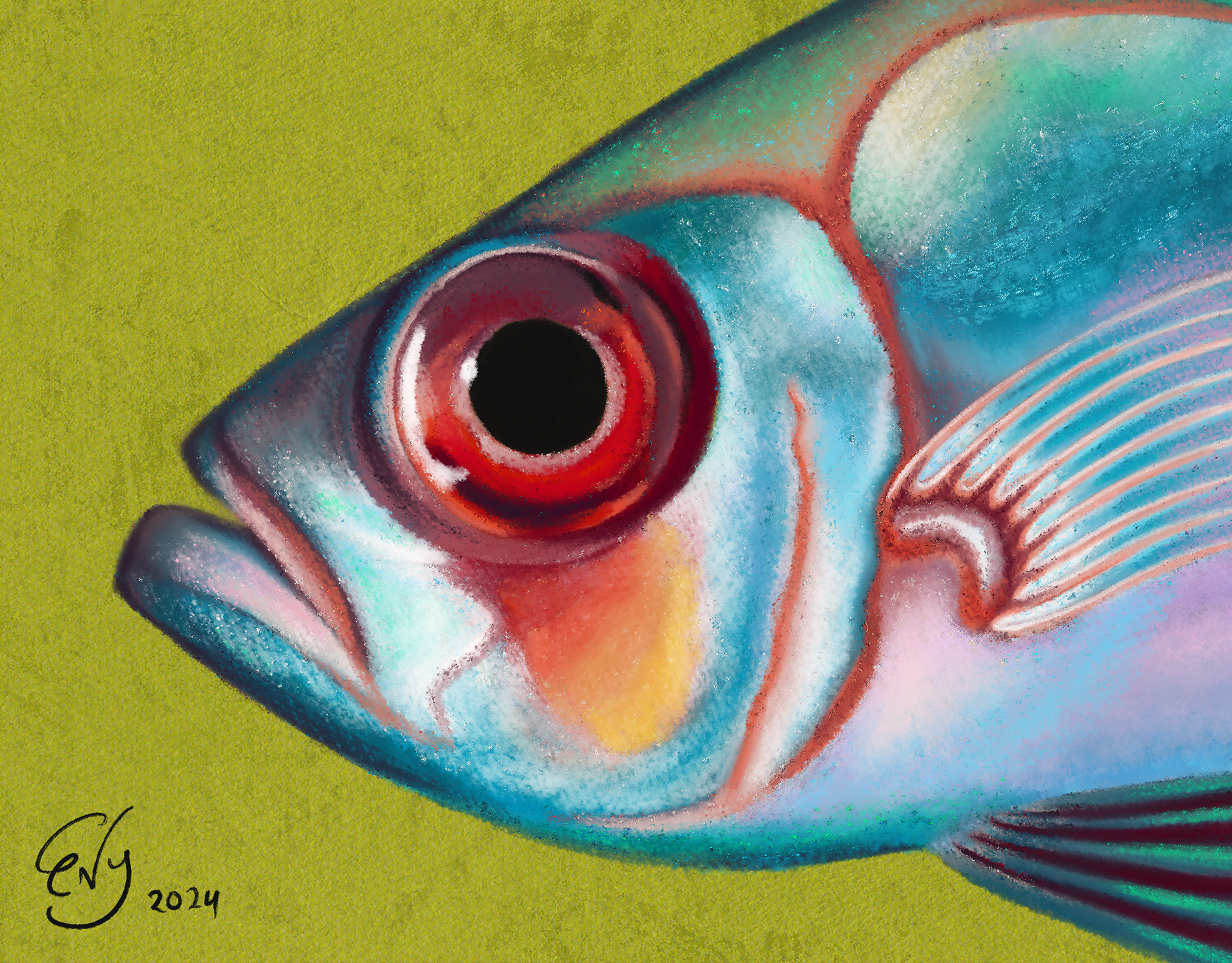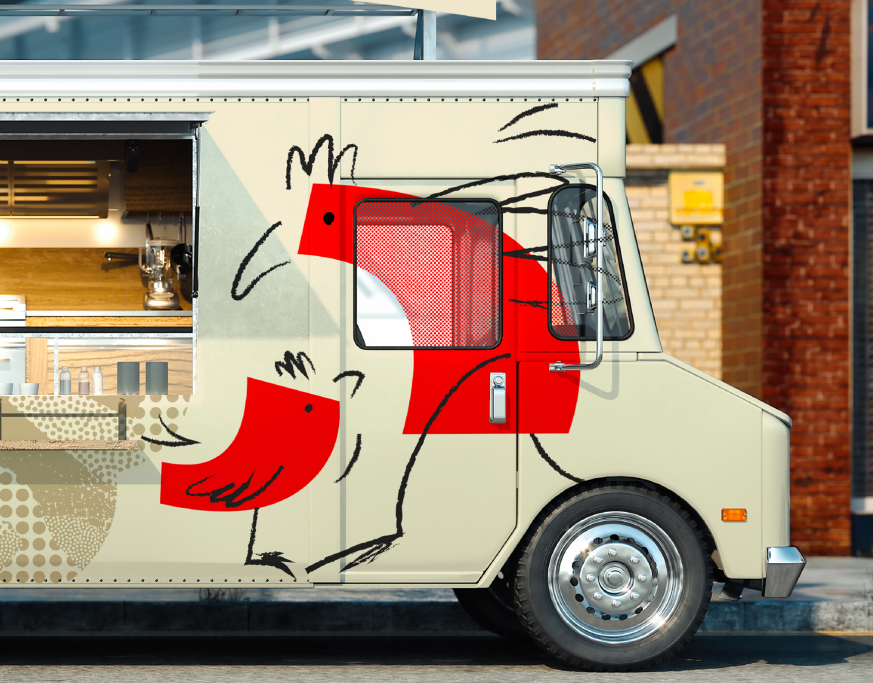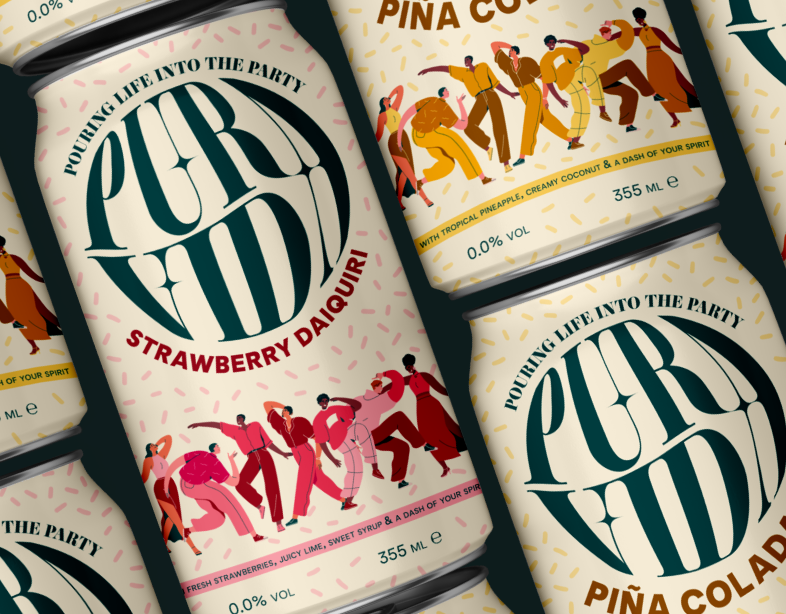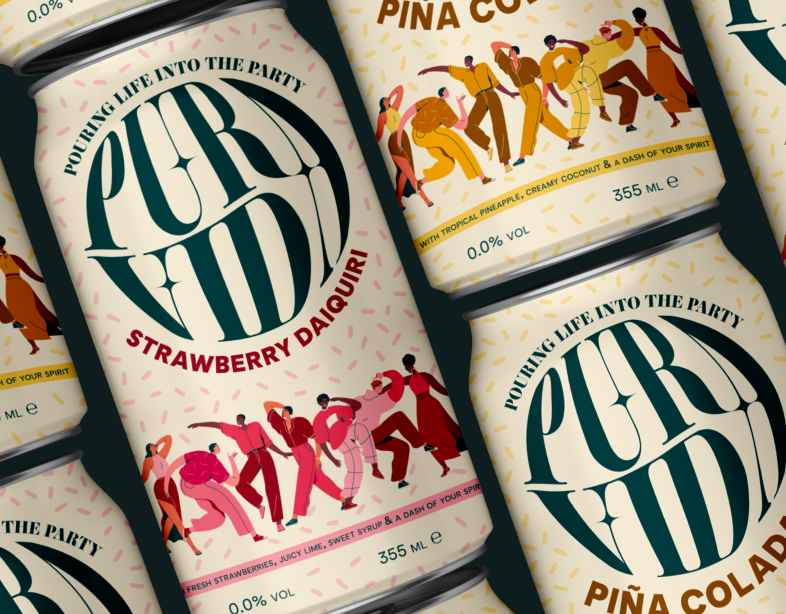While interning at JKR, I was set a brief by their Form and Space team to imagine a collaboration between Evian and any brand, and design a Limited Edition Product (LEP) resulting from this partnership.
I chose the Olympics (Paris 2024) due to the next event taking place in Evian’s homeland of France, but also because of its power in bringing global cultures together.
DIVE INTO THE ARCHIVE
Many of Evian's past collaborations with designer fashion brands, such as Balmain and Christian Lacroix, have resulted in LEP bottles adorned with French-style ornamental and lace patterns as an ode to their heritage.
RESEARCHING PATTERNS
I utilised a plethora of online sources ranging from museum archives to infographics, books in the studio, and physical materials to research patterns in both fabric and tile form from various cultures.
I created a physical moodboard in the Form and Space studio, collating items with cultural patterns, symbols and illustrations. Cutting out the Evian mountains on card (below) allowed me to easily fill this iconic shape with various motifs behind it.
CREATING PATTERNS
I created a stroke brush repeating the Evian logo to experiment with ways to subtly implement the brand identity into any pattern.
Middle East and North Africa (MENA) - Islamic geometric patterns
There is a vast range of cultural and historical (and therefore pattern) diversity in the MENA region. However, the use of Islamic geometric patterns in these countries' architecture is common, often appearing in the form of zellij tile tessellation techniques originating from Morocco.
Japan - Seigaiha waves
Seigaiha-mon, or Qinghai waves, are repetitive concentric circles overlapping to resemble sea waves (or fish scales), often appearing on traditional Japanese ceramics and fabrics.
Democratic Republic of Congo (DRC) - Kuba raffia embroidery
Traditional Congolese patterns consist of varied geometric forms, such as squares and rhombuses, linearly embroidered onto raffia fibre often produced for Kuba textiles.
Mexico - Aztec and Zapotec mosaics
Aztec and Zapotec patterns and mosaics originating from Mesoamerica, particularly Mexico, often used recurring diamonds/rhombuses and xicalcoliuhqui (step frets) motifs. My final pattern includes a simplified version of the latter.








